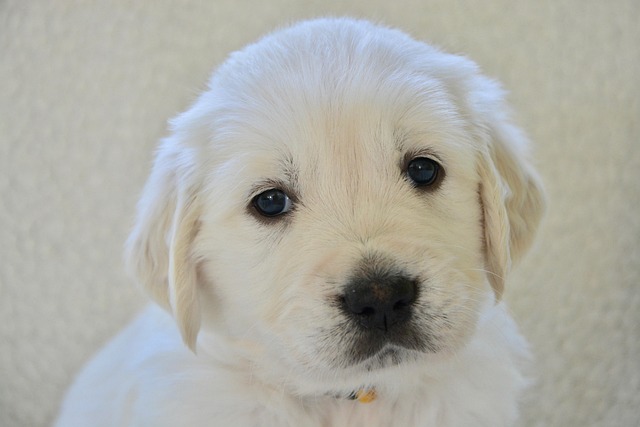
How do i train my dog to be obedient?
Watching your dog dart across the park ignoring your calls isn’t just frustrating—it can put them at risk near busy streets or public spaces.
Ever watched your dog's eyes light up at the sight of a treat pouch and thought, “There’s got to be more to training than snacks?” You’re onto something. Teaching your dog to shake without relying on kibble isn’t just about cutting back on calories—it’s about creating a language of trust, where a wagging tail, a playful romp, or a scratch behind the ears becomes the ultimate reward.
Think about those moments when your dog paws at you during a couch cuddle session or jumps up in anticipation of play. Seize those natural paw-lifting moments. The instant their paw brushes your hand, drop a clear “Shake” command, followed by an ear rub and an excited “Good job!” It’s like catching lightning in a bottle—you’re turning an everyday interaction into a training opportunity.
Keep sessions short and sweet, like a quick coffee break for you. Five minutes, twice a day, is the sweet spot. If your pup starts eyeing the neighbor’s cat instead of your outstretched hand, pivot to a game of indoor fetch. Just make sure you’re following local leash laws, even in the comfort of your backyard. Safety first, training second.
 Once your dog gets the hang of pawing on command, it’s time to wean off the physical cues. Stand in front of them, say “Shake,” and wait. If they’re hesitant, flash a big smile and wiggle your fingers like you’re holding an invisible treat. When they respond, celebrate with a game of tug-of-war or a sprint around the park—activities that tap into their primal play instincts.
Once your dog gets the hang of pawing on command, it’s time to wean off the physical cues. Stand in front of them, say “Shake,” and wait. If they’re hesitant, flash a big smile and wiggle your fingers like you’re holding an invisible treat. When they respond, celebrate with a game of tug-of-war or a sprint around the park—activities that tap into their primal play instincts.
Training isn’t just for the living room. Practice in the kitchen while you’re cooking, in the garage before a car ride, and at the local dog park. But be a good neighbor—keep commands at a reasonable volume. If distractions are too much, break it down. Ask for a simple sit before attempting the shake, gradually building up their focus.
Stubborn furballs? They’re a challenge, but also an opportunity to get creative. If your dog goes crazy for chasing a ball, make that the reward. Teach them a spin or a bow as a pre-shake routine to amp up the excitement. Just remember, every dog is different— respect their boundaries, and adjust the training pace accordingly.
Mistakes are part of the game. Instead of sighing in frustration, use it as a chance to redirect. Maybe your herding breed needs a brisk walk before training, while your toy breed prefers a gentle snuggle as motivation. Above all, make sure your methods align with ethical training standards—no harsh corrections, just positive vibes.
Training your dog to shake without treats is like learning a new dialect. It takes time, patience, and plenty of belly laughs. But when your dog offers their paw with nothing more than a cheerful voice and a loving touch, you’ll realize—this bond is the real prize.

Watching your dog dart across the park ignoring your calls isn’t just frustrating—it can put them at risk near busy streets or public spaces.

New puppy owners often find themselves rushing to clean up accidents before they set in, and that’s where puppy pad training becomes a game-changer.

If you've noticed your dog's waistline disappearing and your veterinarian has mentioned those few extra pounds, your first instinct might be to simply reduce the amount of food in their bowl.

Training a dog to use a designated spot indoors isn’t as daunting as many new owners fear, but it does take consistency and an understanding of your pet’s needs.

That moment of dread on a walk is all too familiar for many new dog owners. You see another dog approaching down the sidewalk of your neighborhood

If the sight of another dog on your neighborhood walk makes your heart sink as your own dog erupts into a frenzy of barking and lunging, you're not alone.